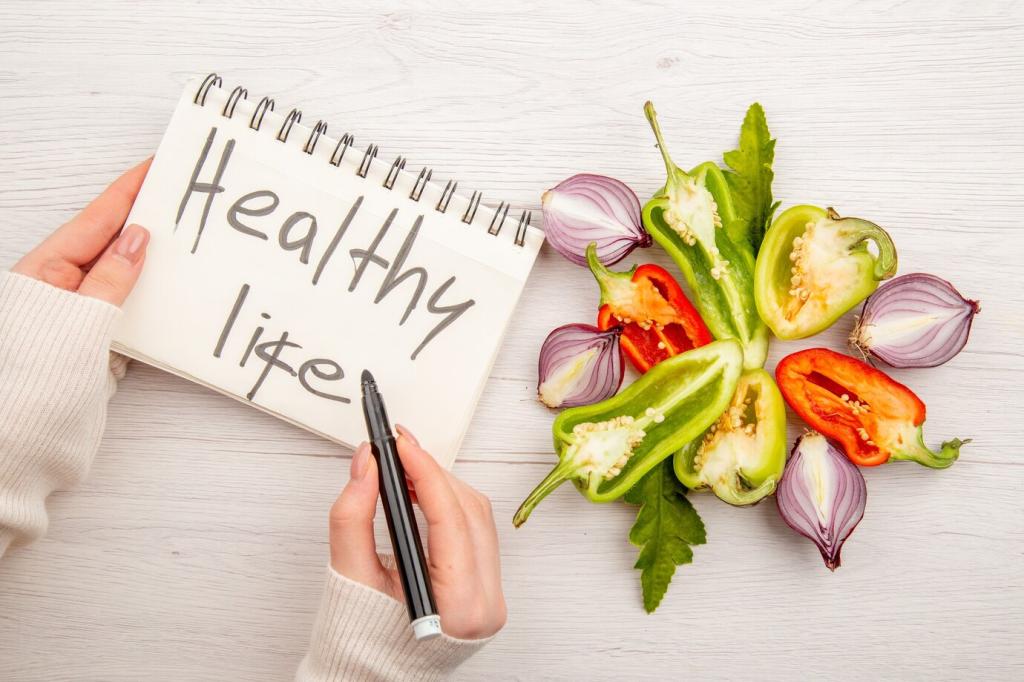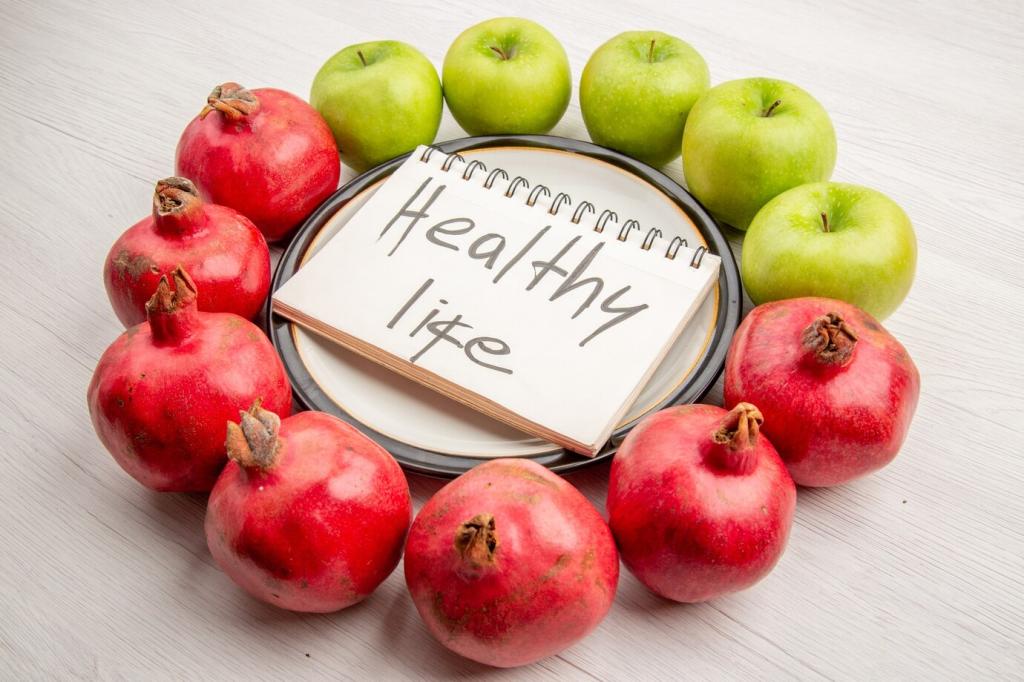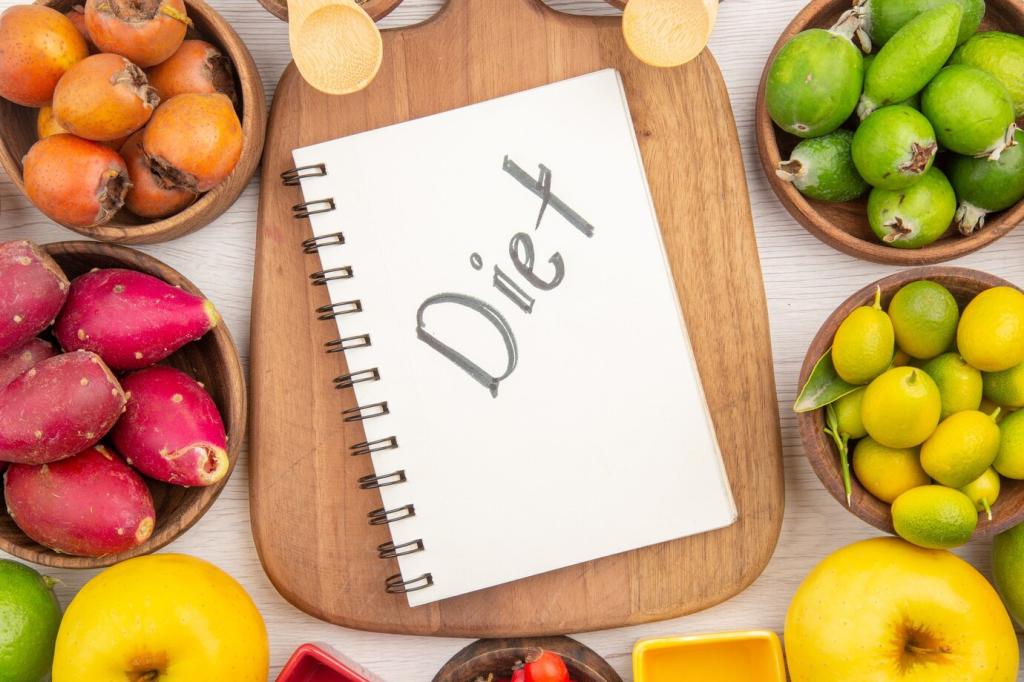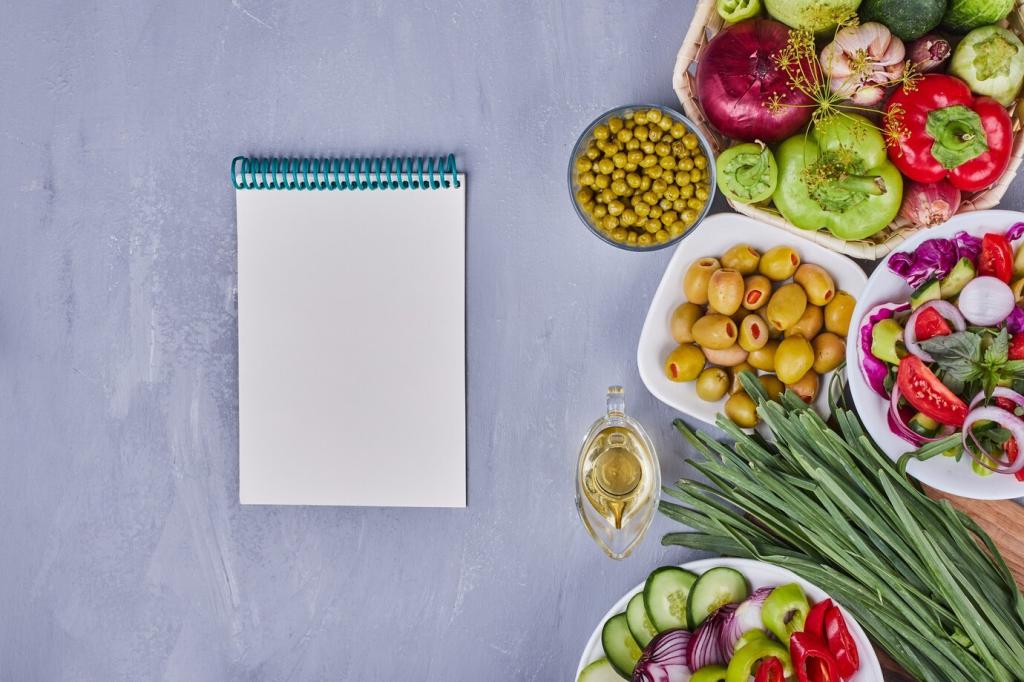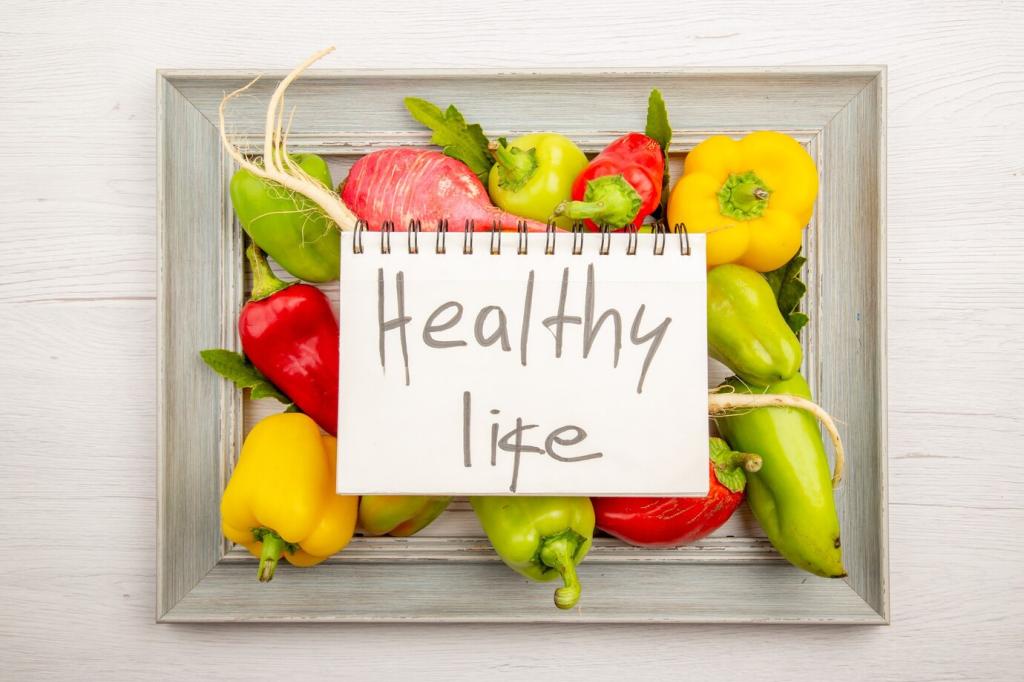Timing Your Carbohydrate Loading Phase
Most endurance athletes thrive on 8–12 grams of carbohydrate per kilogram of body mass in the final 24–48 hours. Spread intake across familiar meals and snacks, favoring lower fiber choices to fill glycogen without gastrointestinal drama.
Timing Your Carbohydrate Loading Phase
Reduce training volume, keep a few gentle strides, and shift carbs toward white rice, peeled potatoes, low-fiber bread, and ripe bananas. This keeps stools predictable, bloat minimal, and nerves calmer as your glycogen stores quietly climb.

